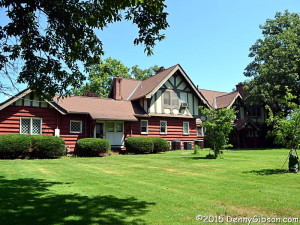 That’s George Ade’s backyard in the picture at right. Ade was a columnist, author, and playwright who was quite popular and successful as the nineteenth century wound down and the twentieth took its place. Prior to a few weeks ago, I didn’t know even that much about him. In fact, if I had ever heard his name before, I had forgotten it. I became aware of George Ade and his Indiana backyard while learning about my own “backyard”.
That’s George Ade’s backyard in the picture at right. Ade was a columnist, author, and playwright who was quite popular and successful as the nineteenth century wound down and the twentieth took its place. Prior to a few weeks ago, I didn’t know even that much about him. In fact, if I had ever heard his name before, I had forgotten it. I became aware of George Ade and his Indiana backyard while learning about my own “backyard”.
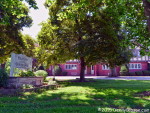
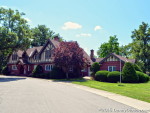 The source of my learning was and is a series of videos from History in Your Own Backyard which I’ll have more on once I’m explained the Ade connection. Each video ends with the catch phrase “Travel slowly, stop often” which, along with a longer quote that appears on screen to start each video, is attributed to George Ade. The quotes made me want to learn more about the man and at some point in my reading I realized I would be passing near his home on an imminent road trip. I did that last week and got these pictures of both the back and front yards of the place he called Hazelden Farm.
The source of my learning was and is a series of videos from History in Your Own Backyard which I’ll have more on once I’m explained the Ade connection. Each video ends with the catch phrase “Travel slowly, stop often” which, along with a longer quote that appears on screen to start each video, is attributed to George Ade. The quotes made me want to learn more about the man and at some point in my reading I realized I would be passing near his home on an imminent road trip. I did that last week and got these pictures of both the back and front yards of the place he called Hazelden Farm.
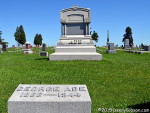 Hazelden Farm is just outside of Brook, Indiana. Ade, who died in 1944, is buried a few miles south of there in Fairlawn Cemetery near Kentland. His writing has been compared to Mark Twain’s and the two humorists apparently knew each other and are said to have admired each other’s work. That, and the “Travel slowly, stop often” quote, is enough to generate some serious interest from me. So far, I’ve read just a little of Ade’s Fables in Slang but I will certainly be reading more. One place to learn more about George Ade is here.
Hazelden Farm is just outside of Brook, Indiana. Ade, who died in 1944, is buried a few miles south of there in Fairlawn Cemetery near Kentland. His writing has been compared to Mark Twain’s and the two humorists apparently knew each other and are said to have admired each other’s work. That, and the “Travel slowly, stop often” quote, is enough to generate some serious interest from me. So far, I’ve read just a little of Ade’s Fables in Slang but I will certainly be reading more. One place to learn more about George Ade is here.
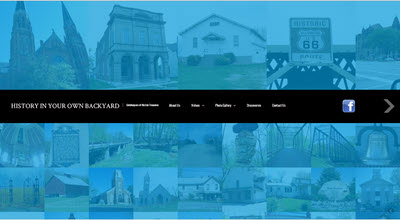 Now I’m ready to talk about History in Your Own Backyard. The project is the brainchild of Scenic Road Rallies owner Satolli Glassmeyer. It’s a rather simple concept. Each video tells the story of one historic structure in the tri-state (Indiana-Ohio-Kentucky) area. They serve to preserve the story and make it available through the project’s website and YouTube channel. That lets people like me learn about easily overlooked history that really is in our own backyards.
Now I’m ready to talk about History in Your Own Backyard. The project is the brainchild of Scenic Road Rallies owner Satolli Glassmeyer. It’s a rather simple concept. Each video tells the story of one historic structure in the tri-state (Indiana-Ohio-Kentucky) area. They serve to preserve the story and make it available through the project’s website and YouTube channel. That lets people like me learn about easily overlooked history that really is in our own backyards.
But the videos have an additional purpose and it shows in how they are made. The topics are well researched. The recording and editing are top notch and professional looking. The on screen interviewers and commentators are not quite so polished. They are amateurs who live in the area. Some are high school students getting a taste of and a little experience in working in front of a camera. More importantly, however, they gain a sense of ownership over both the production and its subject. Some of their friends and family probably do too. That is intentional and valuable.
Don’t get me wrong. These are not awkward camera shy klutzes stumbling over every word. They simply lack the poise and polish that experience brings. There could even be a future Barbara Walters or Larry King among them but, if so, they have a ways to go. Their sincerity, however, is never in doubt and that, along with some real enthusiasm, easily makes up for a little missing polish..
The project got started a little more than a year ago and the YouTube channel currently lists over a hundred videos. Some are of active businesses in historic building that include interviews with current owners. Others might have only a commentator in an empty building or on a deserted bridge. Some even use old photographs with Ken Burns style voice-over. The following promotional video, which looks to gain new viewers, participants, and subjects, explains things better than I can.
You don’t have to live in my neighborhood to enjoy the History in Your Own Backyard videos. A general interest in history and preservation will suffice. But, if you do live in the neighborhood, they will probably tell you something you didn’t know or had forgotten and almost certainly give you some ideas for that next drive around your “backyard”.

 In the first month of 1965, Time Magazine published
In the first month of 1965, Time Magazine published  I was a high school senior in 1965 and I know that I and my classmates had a lot in common with the students in that Time article. There is no doubt that many of the things affecting those California teens also affected teens in every high school in every state. On the other hand, there were a whole lot of differences, too. For one thing, most of America’s high schools are not located in areas where sun and sand are so wonderfully abundant. Neither can the students of most schools be called affluent, a word that was used with justification for those California seniors. The world of 1965 impacted every senior class in America but the senior class that Time talked of in their “Today’s Teen-Agers” article might not have been all that typical.
I was a high school senior in 1965 and I know that I and my classmates had a lot in common with the students in that Time article. There is no doubt that many of the things affecting those California teens also affected teens in every high school in every state. On the other hand, there were a whole lot of differences, too. For one thing, most of America’s high schools are not located in areas where sun and sand are so wonderfully abundant. Neither can the students of most schools be called affluent, a word that was used with justification for those California seniors. The world of 1965 impacted every senior class in America but the senior class that Time talked of in their “Today’s Teen-Agers” article might not have been all that typical.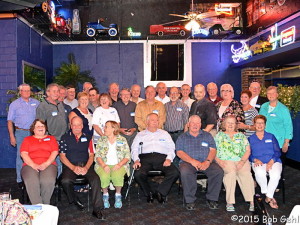
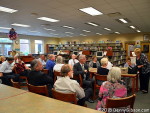
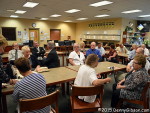
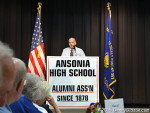
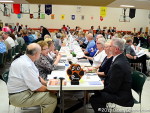
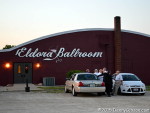
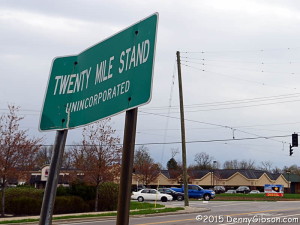

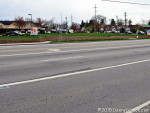
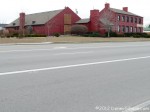
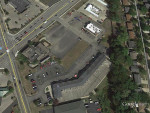
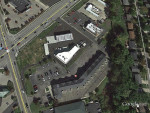
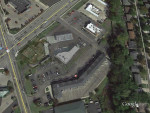
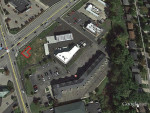
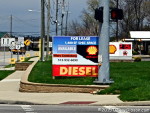
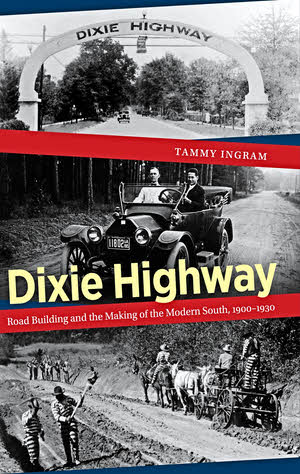 When I first heard about a forthcoming book titled Dixie Highway. I got kind of excited. I looked forward to having all my questions about the historic highway answered and all the blank spots filled in. Then, as details about the book started to emerge, I began to think it would not tell me anything about the Dixie Highway outside of Dixie; maybe nothing outside of Georgia. Reality, of course, is somewhere in between.
When I first heard about a forthcoming book titled Dixie Highway. I got kind of excited. I looked forward to having all my questions about the historic highway answered and all the blank spots filled in. Then, as details about the book started to emerge, I began to think it would not tell me anything about the Dixie Highway outside of Dixie; maybe nothing outside of Georgia. Reality, of course, is somewhere in between.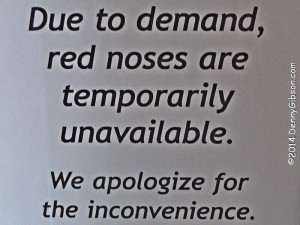
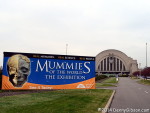
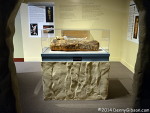


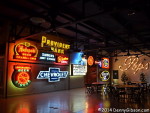
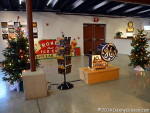
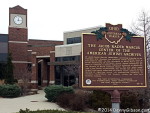
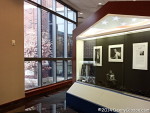



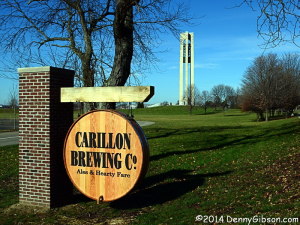
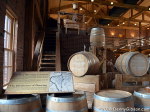
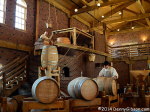
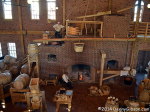
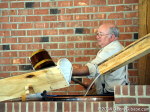
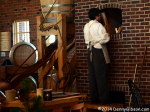
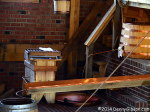

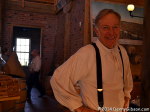

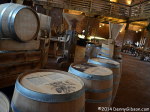
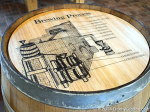

 I have now participated in every one of the Cincinnati
I have now participated in every one of the Cincinnati 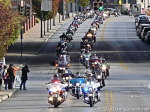
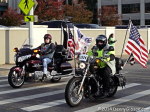
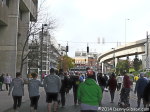

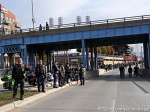

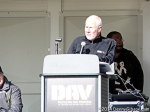
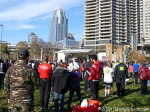
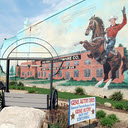
 Amtrak has a simple but incredibly effective way of avoiding scenes like this at its station in Cincinnati. Eastbound trains are scheduled to depart at 3:27 AM; Westbound at 1:23 AM. That’s AM as in “ante meridian”, as in “before midday”, as in “middle of the night”, as in “dark as a black cat in a coal mine”. That would seem to be sufficient discouragement but, just to be on the safe side, Amtrak frequently misses those times by sizable amounts. On rare occassions, they might even cancel a train a day or two before departure as they did for me in
Amtrak has a simple but incredibly effective way of avoiding scenes like this at its station in Cincinnati. Eastbound trains are scheduled to depart at 3:27 AM; Westbound at 1:23 AM. That’s AM as in “ante meridian”, as in “before midday”, as in “middle of the night”, as in “dark as a black cat in a coal mine”. That would seem to be sufficient discouragement but, just to be on the safe side, Amtrak frequently misses those times by sizable amounts. On rare occassions, they might even cancel a train a day or two before departure as they did for me in